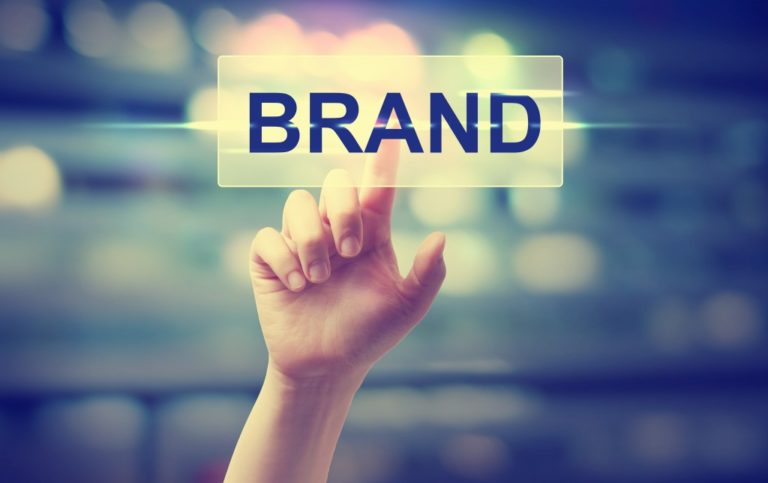There are thousands of businesses that flood the market every day. If you haven’t already, you should ask yourself what makes your brand stand out from the rest. One of the most efficient ways to distinguish yourself from the pack is through a strong brand identity. Brand identity is what visually communicates your brand and its message to your customers. Not only should your brand identity be aesthetically pleasing, but it should also be purposeful and memorable. The best way to ensure this is by working with a reputable agency that offers services in Provo. They’ll be able to help you build a strong visual vocabulary that is both aesthetically appealing but also manages to get your message and goals across.
Below are the essential elements of a strong brand identity that you need to make sure your business has:
Logo
Your logo will be the first thing people associate with your brand. It’s essentially the core of your brand identity. Logos can come in two forms: a symbol or a logotype. Symbols are traditional logos that associate a specially designed image to your brand. A logotype is the name of your company designed in a specific way. Whichever one you go with, your logo should be effective and eye-catching. It shouldn’t have any cliched elements that will allow someone to confuse it for another brand, and it should accurately convey your message and values.
Key color palette
A key color palette usually consists of the colors found in your logo, but they can also include more or fewer colors than your logo. Be sure to ask for the Pantone colors, CMYK and RGB, or web colors of your logo from your designer. This allows you to correctly identify the color from a standardized color reproduction system and enables you to replicate them accurately for screen, web, and print usage.
 Typefaces
Typefaces
Typefaces or fonts usually come from the logo design itself, but you can also choose them for yourself if your logo is too decorative for letters. These fonts can be used on different marketing collaterals and it’s meant to convey a unified brand identity. Make sure you know your chosen typefaces and try to make sure that your typefaces are compatible with and available on all computers and digital gadgets, especially on Mac and PC. This is especially useful if you have to create important documents such as a Powerpoint presentation.
Graphic elements and images
Graphic elements, photographs, and illustrations should have a consistent vision and aesthetic. It’s helpful to pinpoint what your brand’s personality and tone are. From there, you can decide what your graphic identity is. Will your images all exude a dark and moody vibe? How about a light and airy one? These aesthetic considerations will factor into all of your images, illustrations, collaterals, and graphic elements such as patterns of textures. Your designer can provide you with a standard style guide which lays out all the information about how these elements should be used consistently.
When working with a graphic designer, make sure to work on these elements with them. Being open and collaborative with them will guarantee the best results.



